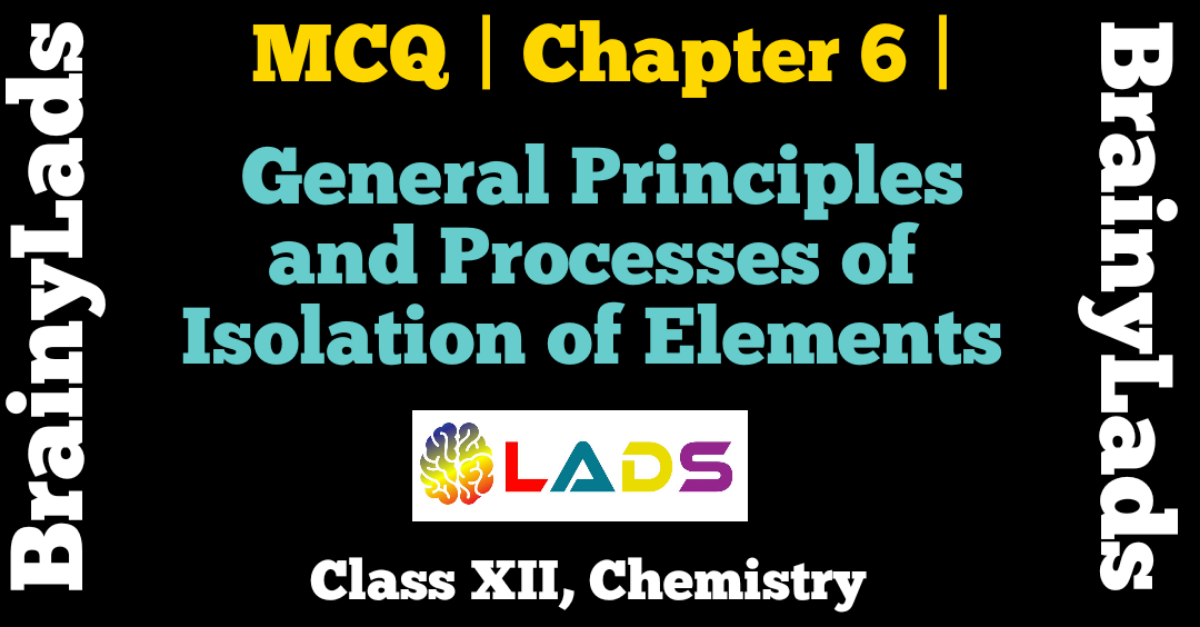MCQ of Chemistry in Everyday Life | Chapter 16 | Chemistry | Class 12 |
MCQ of Chemistry in Everyday Life | Multiple Choice Questions
MCQ of Chemistry in Everyday Life
Question 1: The chemical substance used to bring down body temperature in high fever are known as
- Analgesics
- Antipyretics
- Antihistamines
- Tranquilizers
Answer: B (Antipyretics)
Question 2: A drug which acts as antipyretic as well as analgesic is
- Chloroquine
- Penicillin
- Chlorodiazepoxide
- 4-acetamidophenol
Answer: D (4-acetamidophenol)
Question 3: The term broad spectrum antiboitics means
- Bactericidal antibiotics
- Bacteriostatic antibiotics
- Which kill or inhibit a wide range of gram -ve and gram +ve bacteria
- Which kill or inhibit all types of gram +ve bacteria
Answer: C ( Which kill or inhibit a wide range of gram -ve and gram +ve bacteria )
Question 4: An artificial sweetner which is derivative of sucrose is
- Saccharine
- Sucralose
- Sucrobenzamide
- Aspartame
Answer: B (Sucralose)
Question 5: The main constituents of dettol are
- Chloramphenicol + glycerol
- 2-3% solution of iodine in alcohol
- 0.2% solution of phenol
- Chloroxylenol and terpineol
Answer: D ( Chloroxylenol and terpineol )
Question 6: What is the problem faced while using alitame as artificial sweetner?
- It decomposes when added to the food item
- It provides a large number of calories to the food.
- It is difficult to control the sweetness of food while using in it.
- It increases the volume of the contents to a large extent.
Answer: C ( It is difficult to control the sweetness of food while using in it )
Question 7: The antibiotic which is effective against certain strains of cancer cells is
- Dysidazirine
- Sulphanilamide
- Vancomycin
- Ofloxacin
Answer: A (Dysidazirine)
Question 8: An antioxidant which is added to butter to increase its shelf life from months to years is
- Sodium benzoate
- Butylated hydroxy anisole
- Sulphur dioxide
- All of these
Answer: B (Butylated hydroxy anisole)
Question 9: Which is not true for a detergent molecule?
- It has non polar organic part and a polar group.
- It is not easily biodegraded.
- It is sodium salt of fatty acid.
- It is a surface active reagent.
Answer: C (It is sodium salt of fatty acid)
You may also read MCQ of The Solid State, MCQ of Solutions, MCQ of Electrochemistry, MCQ of Chemical Kinetics, MCQ of Surface Chemistry, MCQ of General Principles and Processed of Isolation of Elements, MCQ of the p-Block Elements, MCQ of the d-And f-Block Elements, MCQ of Coordination Compounds, MCQ of Haloalkanes and Haloarenes, MCQ of Alcohols, Phenols and Ether, MCQ of Aldehydes, Ketones and Carboxylic Acids, MCQ of Amines, MCQ of Biomolecules, MCQ of Polymers, MCQ of Chemistry in Everyday Life
Question 10: The use of aspartame is limited to cold foods and drinks because
- It is unstable to heat and decomposes at cooking temperature.
- It is 500 times sweetner than cane sugar
- It becomes bitter at cooking temperature.
- It reacts with the food at cooking temperature
Answer: A ( It is unstable to heat and decomposes at cooking temperature )
Question 11: The most useful classification of drugs for medicinal chemists is
- On the basis of chemical structure
- On the basis of drug action
- On the basis of molecular targets
- On the basis of pharmacological effect
Answer: C (On basis of molecular targets)
Question 12: Glycerol is added to soap. It functions
- As a filter
- To increase lathering
- To prevent rapid drying
- To make soap granules
Answer: C (To prevent rapid drying)
Question 13: The compound that causes general antidepressant action on the central nervous system belongs to the class of
- Analgesics
- Tranquilizers
- Narcotic analgesics
- Antihistamines
Answer: B (Tranquilizers)
Question 14: Which of the following statement is not true about enzyme inhibitors?
- Inhibit the catalytic activity of the enzyme
- Prevent the binding of substrate
- Generally a strong covalent bond is formed between an inhibitor and an enzyme
- Inhibitors can be competitive or non competitive.
Answer: C ( Generally a strong covalent bond is formed between an inhibitor and an enzyme )
Question 15: Which of the following is a narcotic analgesic?
- Ibuprofen
- Aspirin
- Paracetamol
- Morphine
Answer: D (Morphine)
Question 16: Salol is an
- Antipyretic
- Analgesics
- Antiseptic
- Antibiotic
Answer: C (Antiseptic)
Question 17: The reaction of fat and sodium hydroxide is known as
- Dehydration
- Hydrogenation
- Saponification
- Esterification
Answer: C (Saponification)
Question 18: An ester which is used as medicine
- Ethyl acetate
- Methyl acetate
- Methyl salicylate
- Ethyl benzoate
Answer: C (Methyl salicylate)
Question 19: Which of the following destroys antigens?
- Insulin
- Antibodies
- Chromoprotein
- Phosphoprotein
Answer: B (Antibodies)
Question 20: Which one is broad spectrum antibiotic?
- Chloramphenicol
- Plasmoquin
- Xylocaine
- Antiseptic
Answer: A (Chloramphenicol)
Do share the post if you liked it. For more updates, keep logging on BrainyLads



